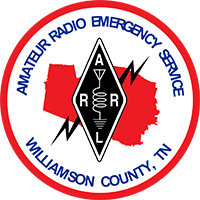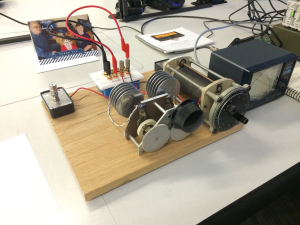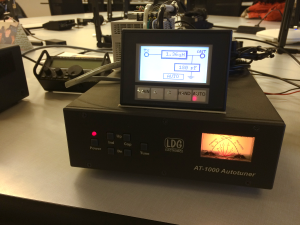Canceled events and sources of information
Updated Friday March 27, 2020
Canceled WCARES and related events
Due to concerns over the potential risk of Coronavirus Disease (COVID-19) infection spread by group gatherings, our EC, Ed Hudgens, WB4RHQ has made the decision to cancel the March 21st monthly meeting.
Self-isolation is currently considered a best-practice for reducing the risk of infection and may be key in slowing the virus so as not to overwhelm our medical infrastructure.
This may be a good time to stay in touch with each other using our local repeater system. If anyone becomes ill and needs groceries or other items dropped off at your doorstep, please reach out. We’re all in this together.
Please also note that the informal weekly Chew & Chat has been canceled until further notice and that the Hamvention Executive Committee has decided to cancel Hamvention for 2020.
Sources of information:
Tennessee Governor Bill Lee has established the COVID-19 Unified Command Hub to streamline coordination across the Tennessee Emergency Management Agency (TEMA), Tennessee Department of Health and Tennessee Department of Military. This page provides information, maps and resources about the coronavirus response in Tennessee, symptoms and recommendations:
https://www.tn.gov/unifiedcommand.html
Williamson Co. COVID-19 Related Closures, Resources & Procedures:
https://www.williamsoncounty-tn.gov/1876/Covid-19-County-Closures-Procedures
Williamson Co. Office of Public Safety status:
http://www.williamsonready.org/266/Coronavirus-Disease
Tennessee Department of Health information related to the Coronavirus Disease (COVID-19) can be found here:
https://www.tn.gov/health/cedep/ncov.html
See the CDC for more information on the Coronavirus Disease (COVID-19):
https://www.cdc.gov/coronavirus/2019-ncov/
and steps to prevent illness, to protect yourself and others:
https://www.cdc.gov/coronavirus/2019-ncov/about/prevention.html


 This set will replace the over ten year old well-used set currently in their system. Included are the 24th edition of the Antenna Book, the 4th edition of the FCC Rules, the 2020 Handbook, the 12th edition of the Operating Manual, the 3rd edition of the RFI Book, the 2nd edition of Understanding Basic Electronics, and copies of the current edition of the Technician, General, and Extra Class License Manuals.
This set will replace the over ten year old well-used set currently in their system. Included are the 24th edition of the Antenna Book, the 4th edition of the FCC Rules, the 2020 Handbook, the 12th edition of the Operating Manual, the 3rd edition of the RFI Book, the 2nd edition of Understanding Basic Electronics, and copies of the current edition of the Technician, General, and Extra Class License Manuals.
